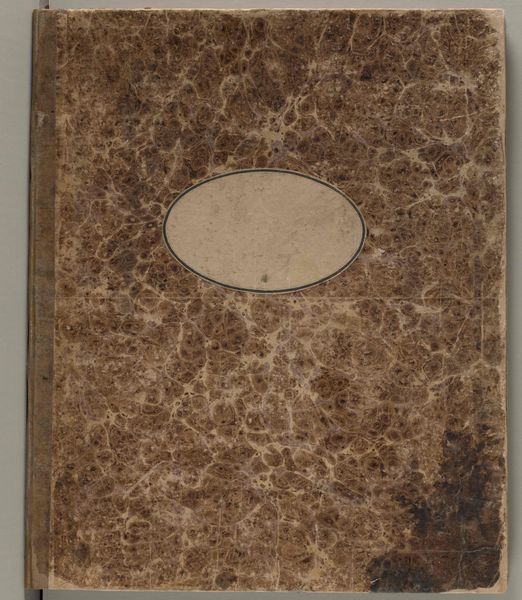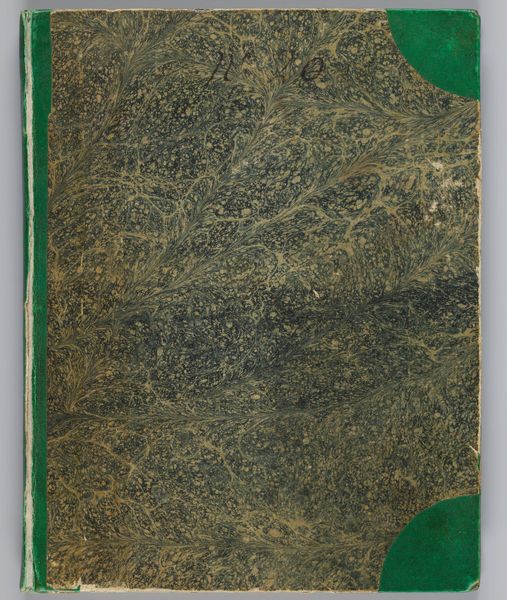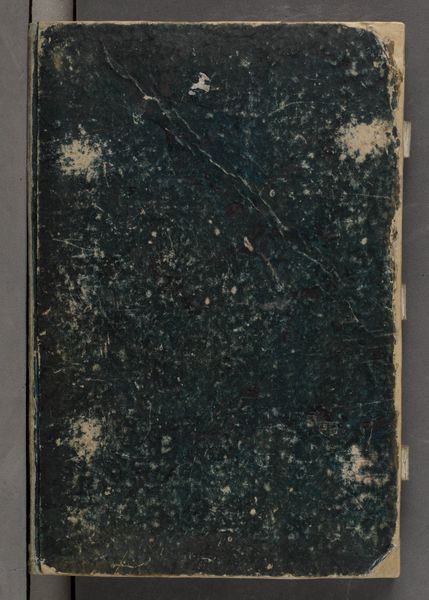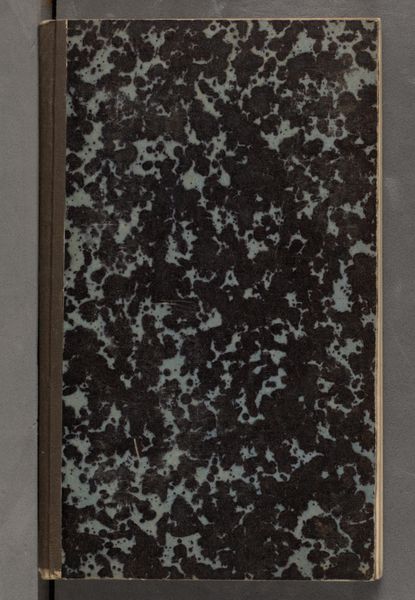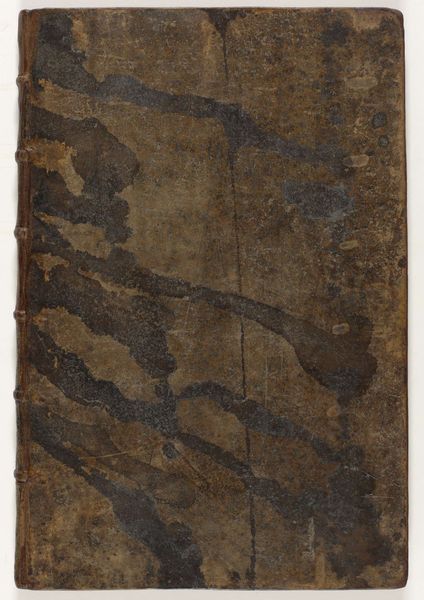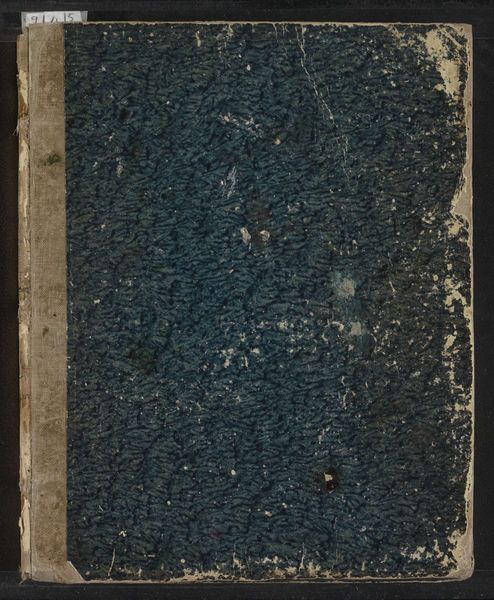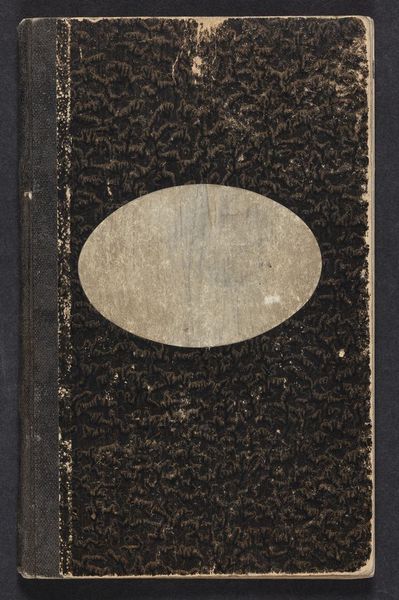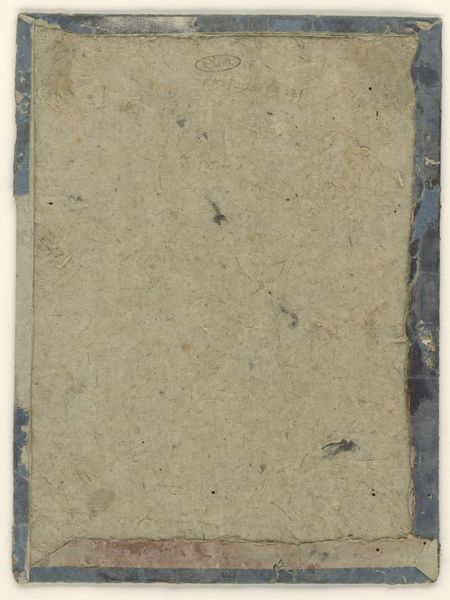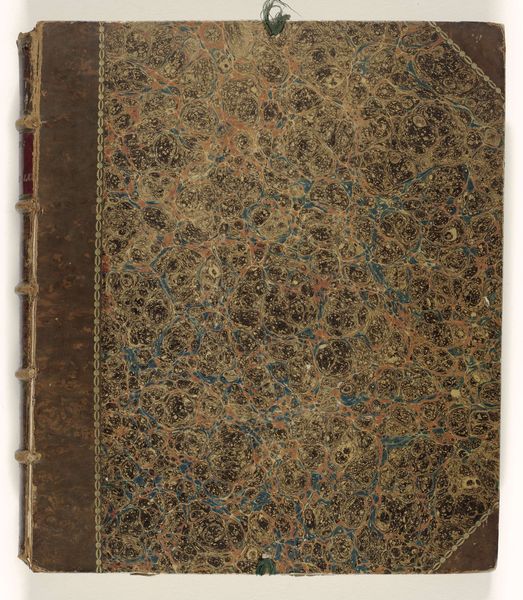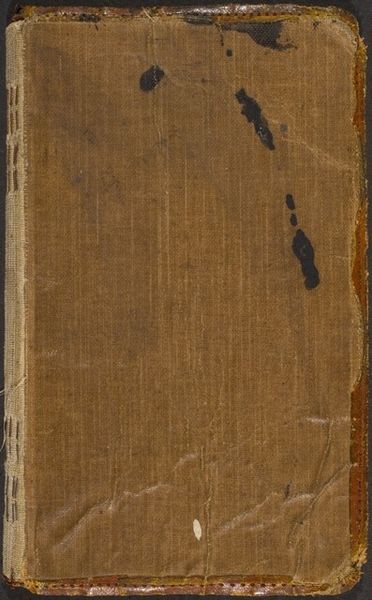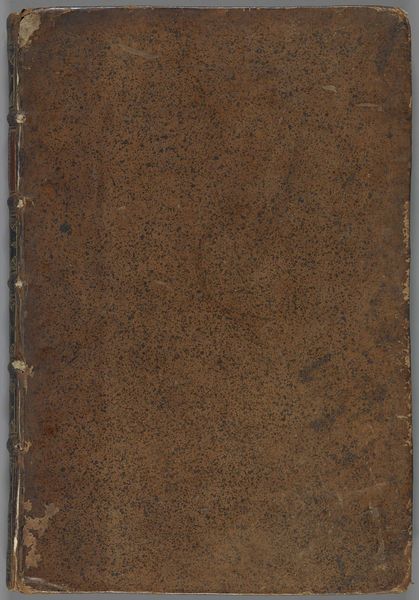
Fastes & Néfastes de la Photographie. Vie historique & philosophique d'un Photographe par lui même 1845 - 1855
0:00
0:00
eduardisaacasser
Rijksmuseum
print, photography
# print
#
book
#
photography
Dimensions: height 318 mm, width 202 mm, thickness 18 mm
Copyright: Rijks Museum: Open Domain
Editor: Here we have "Fastes & Néfastes de la Photographie. Vie historique & philosophique d'un Photographe par lui même," a photograph in book form by Eduard Isaac Asser, created between 1845 and 1855. I'm struck by the marbled paper covering the book, and the gray oval in the center – it all feels so tactile. What does this piece say to you? Curator: Looking at this object, I see the intersection of industrial processes and artistic intent. The marbling itself is a fascinating study in material culture, a technique democratizing the aesthetic of stone, achievable through printing. What was this cover made from? How readily available and standardised were these kinds of papers in Asser’s time? Editor: That's interesting! I was just focused on the visual appeal. Curator: The materiality directs our reading, literally binding content. A book claiming historical and philosophical weight bound in a paper simulating luxury—it tells us about the market it was entering, who its presumed audience was, and what aspirations Asser had for his work's reception. What assumptions do you think this cover makes? Editor: Hmm, I hadn't thought about it that way. I guess it’s presenting itself as a valuable object, despite being photographic in nature? Curator: Exactly! And consider the labor involved: the paper production, the binding... all pointing to an industrialized production of "art." The integration of text and image into codex, bound between these decorative boards points to photography asserting itself not only as an artistic medium but also a knowledge object. This little grey oval, seemingly meant to house a photographic emblem itself speaks of loss and incompleteness in a newly emerging field. Editor: Wow, that's a lot to unpack from just the cover! I'll definitely look at art with a different perspective now, paying more attention to how it was made. Curator: Excellent! Thinking about the object as a material record of its production opens so many new pathways for understanding the cultural narratives embedded within.
Comments
No comments
Be the first to comment and join the conversation on the ultimate creative platform.
